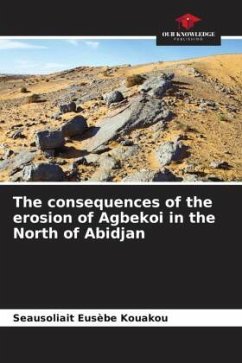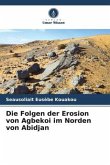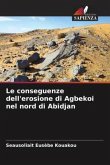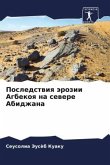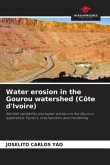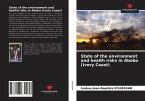The Agbekoi district is subject to a natural risk that is increasingly growing, which is water erosion. This hazard is increasingly on the rise. This work poses the problem of erosion and its consequences on the urban space of Agbékoi. In spite of legal and administrative provisions and the implementation of sanitation and rainwater drainage infrastructures, the problem persists. What are the causes of erosion on the population and its living environment? What are the manifestations of this erosion? What are the consequences of erosion on the urban space of Agbékoi? What actions have been taken by the public authorities and the population to curb erosion and its effects in Abobo Agbékoi? It emerges from this analysis that the natural disaster recorded has been socially, economically and environmentally damaging. The rapid growth of the urban population, the various inconsistent developments of the areas at risk and the lack of management of built-up areas or areas to be built aggravate the risks. The consequences of erosion are catastrophic because they weaken and limit the response of authorities and populations.

